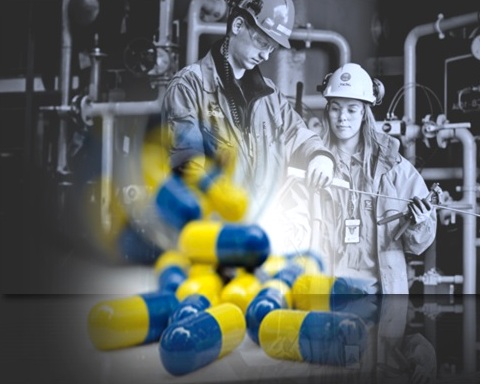Services - Workplace safety
Workplace Safety - Drugs of Abuse

Drug and alcohol abuse and their effects on employees have become serious concerns in many countries. Individuals are experimenting with an increasing range of psychoactive substances, leading to an escalating number of problems and spiraling costs. The impact on small to medium sized industries, multinationals and society at large has been estimated in the billions of Ringgit in terms of lower productivity, absenteeism, staff turnover, sickness, accidents, disciplinary problems, workplace disputes and insurance claims. A comprehensive company-wide program targeting drug and alcohol abuse in the workplace can be the single most powerful instrument an employer can use to ensure productivity, safeguard the workplace and promote family stability and harmony. The goals and objectives of such an approach must be clearly defined in a policy statement, which carries the written commitments of both the employer and the employee. Key elements in this strategic plan include prevention through awareness and education, early assistance to halt the casual user and rehabilitation of the habitual abuser. The list of drugs analyzed under the Workplace Safety includes:
- Alcohol in Blood
- Carboxy-THC in Urine
- Benzoylecgonine in Urine
- Barbiturates in Urine
- Morphine and Codeine in Urine
- Benzodiazepines in Urine
- Amphetamine and Methamphetamine in Urine
- Propoxyphene in Urine
- Phencyclidine in Urine
- Methadone in Urine
- Ketamine in Urine
- Ecstasy (MDMA, MDA & MDEA) in Urine
- Amphetamine/Methamphetamine Isomer in Urine
- Mitragynine in Urine
- Hydromorphone and Hydrocodone in Urine
- 6-Acetylmorphine in Urine
- Oxycodones (Oxymorphone and Oxycodone) in Urine
- Hits: 43956